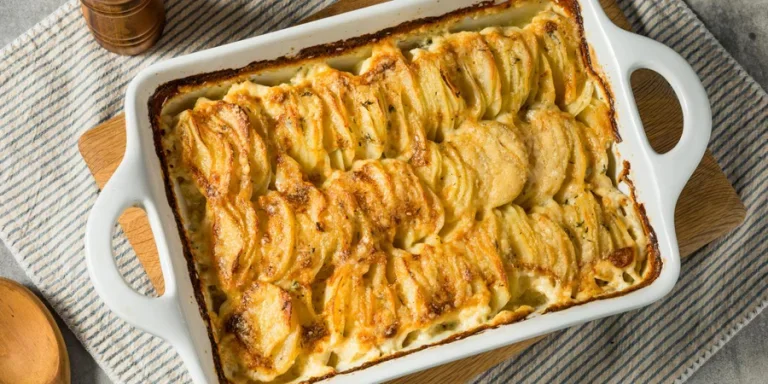Selecting the right casserole dish is crucial for ensuring culinary success and enhancing the overall dining experience. A high-quality casserole dish offers versatility, allowing for the preparation of a wide range of dishes, from lasagnas to fruit cobblers. These dishes are designed to distribute heat evenly, ensuring that meals are cooked to perfection. Additionally, the right casserole dish can transition seamlessly from the oven to the table, providing both functionality and aesthetic appeal. Investing in the best casserole dishes not only improves cooking efficiency but also elevates the presentation and enjoyment of meals, making them a valuable addition to any kitchen collection.
Table of Contents
1. Types and uses of casserole dishes
2. Market overview: trends and insights
3. Key factors in selecting casserole dishes
4. Top casserole dishes of 2024: models and features
Types and uses of casserole dishes
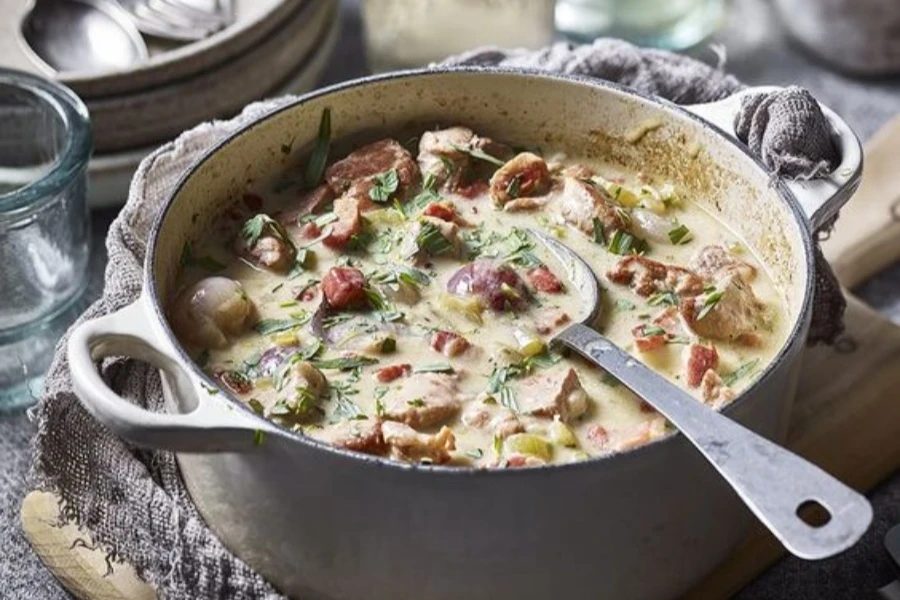
The selection of casserole dishes available today varies greatly in terms of materials, each bringing unique benefits and suitable applications. Understanding these distinctions can aid in making informed purchasing decisions that enhance the cooking experience.
Ceramic casserole dishes
Ceramic dishes are renowned for their exceptional heat retention and even cooking properties. These features make them ideal for preparing dishes that require consistent, prolonged heat, such as lasagnas and macaroni and cheese. The thick walls of ceramic casserole dishes ensure that food stays warm for a longer period, which is particularly advantageous for serving at gatherings. Additionally, their non-reactive nature means they won’t interact with acidic ingredients, preserving the integrity of the dish’s flavors. Despite being relatively heavy, ceramics’ durability ensures they withstand frequent use and high temperatures.
Glass casserole dishes
Glass casserole dishes offer the advantage of visibility, allowing cooks to monitor the cooking process without lifting the lid or opening the oven. This transparency is particularly useful for baking fruit cobblers and pasta bakes, where checking the browning or bubbling of the ingredients is crucial. Glass is a non-reactive material, ensuring it does not alter the taste of the food. These dishes are also versatile, suitable for use in the oven, microwave, and refrigerator, and they clean up easily. However, glass dishes can be more prone to breakage than other materials and may not retain heat as effectively as ceramic or porcelain.
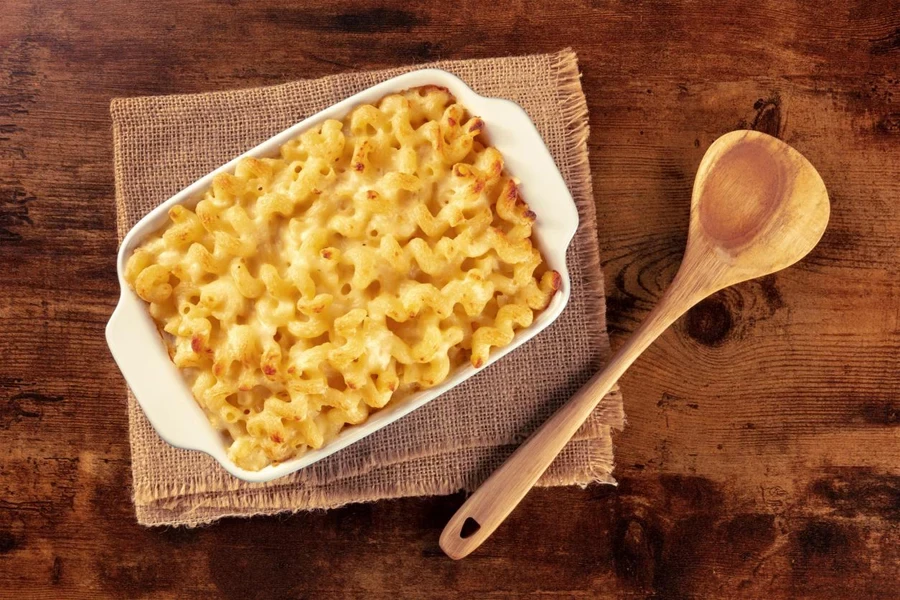
Porcelain casserole dishes
Porcelain dishes are celebrated for their durability and high heat tolerance, making them perfect for recipes that require a crispy finish, such as gratins and casseroles with browned cheese toppings. These dishes often come with a glazed finish that provides a naturally non-stick surface, simplifying the cleaning process. Porcelain’s ability to withstand high temperatures without cracking makes it a reliable option for broiling and baking. Additionally, the elegant appearance of porcelain dishes makes them suitable for direct presentation on the dining table, adding a touch of sophistication to any meal.
Enamel-coated casserole dishes
Enamel-coated dishes combine the heat-conducting properties of metal with the easy-to-clean and aesthetic benefits of enamel. These dishes are particularly effective at achieving a consistent, high-temperature cook, which is ideal for roasting and baking. The enamel coating provides a non-stick surface that resists staining and simplifies cleanup, while also adding an attractive glossy finish that enhances presentation. Enamel-coated casserole dishes are versatile and can transition from oven to table seamlessly. They are durable and scratch-resistant but care should be taken to avoid using metal utensils that can damage the enamel coating.
Each type of casserole dish brings its own strengths, catering to different cooking needs and preferences. By considering the specific benefits and best uses of ceramic, glass, porcelain, and enamel-coated dishes, businesses can make informed decisions that align with their culinary goals and enhance the overall dining experience.
Market overview: trends and insights

Understanding the current market trends and insights is crucial for making informed decisions about casserole dishes. This section delves into the market growth, leading brands, and consumer preferences that shape the landscape of casserole dishes in 2024.
Market growth and demand
The casserole dish market has seen significant growth in recent years, driven by a rising consumer interest in multifunctional bakeware. Data indicates that the global bakeware market is projected to grow at a compound annual growth rate (CAGR) of 6.5% from 2023 to 2028. This growth is fueled by the increasing popularity of home-cooked meals and the demand for durable, versatile kitchen tools that can handle a variety of cooking tasks. Consumers are seeking out high-quality bakeware that can withstand frequent use and provide reliable performance across different cooking methods, from baking to broiling.
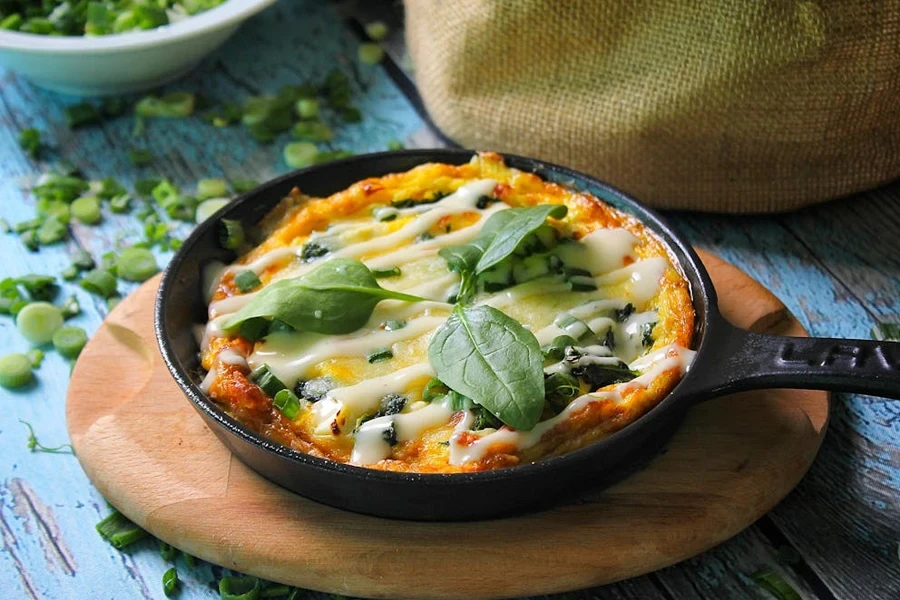
Popular brands and manufacturers
Several brands have established themselves as leaders in the casserole dish market, known for their innovation and quality. These brands offer a range of products that cater to diverse culinary needs and preferences. Innovations in the market include the introduction of new materials and designs that enhance the functionality and aesthetics of casserole dishes. For instance, some manufacturers have developed dishes with advanced non-stick coatings and ergonomic handles to improve ease of use and cleaning. Additionally, many brands are focusing on sustainability by using eco-friendly materials and production processes.
Consumer preferences
Consumer preferences play a significant role in shaping the market for casserole dishes. There is a noticeable trend towards materials that offer both functionality and visual appeal. Ceramic and porcelain dishes are particularly popular due to their excellent heat retention and attractive designs, which make them suitable for serving directly from the oven to the table. Glass dishes are also favored for their transparency and non-reactive properties, which preserve the taste and appearance of the food.
Design and functionality are key factors that influence consumer choices. Many buyers prefer casserole dishes with wide, looped handles that provide a secure grip, especially when handling hot and heavy dishes. The capacity of the dishes is another important consideration, with standard sizes such as 9 by 13 inches being highly sought after for their versatility in accommodating various recipes.
The trend towards home cooking has also impacted the market, with more consumers looking for bakeware that supports a range of culinary activities. This includes dishes that are oven-safe to high temperatures, compatible with microwaves and freezers, and easy to clean. The emphasis on convenience and multi-functionality is driving the demand for versatile casserole dishes that can be used for everything from baking lasagnas to preparing fruit cobblers.
Key factors in selecting casserole dishes
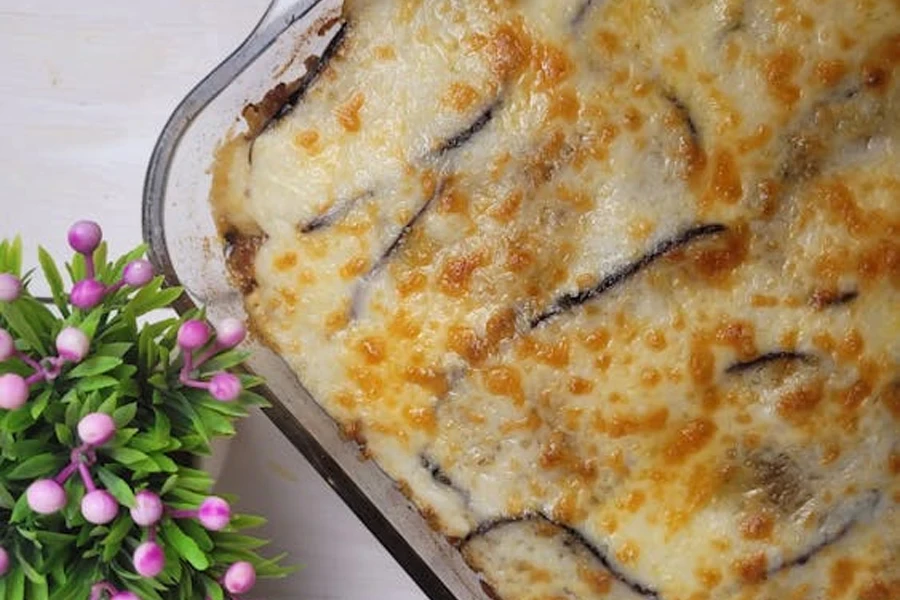
Selecting the ideal casserole dish requires careful consideration of several key factors to ensure it meets culinary needs and enhances the overall cooking experience.
Material and durability
The material of a casserole dish significantly influences its performance and longevity. Ceramic dishes are prized for their excellent heat retention and even cooking capabilities. They maintain consistent temperatures, making them ideal for dishes like lasagnas and baked pasta. Porcelain dishes share similar benefits, with the added advantage of being able to withstand high temperatures without cracking. These materials are also non-reactive, ensuring that food flavors remain pure.
Glass dishes, known for their transparency, allow cooks to monitor the cooking process. This visibility is especially useful for dishes that require precise timing, such as fruit cobblers. Glass is also non-reactive and versatile, suitable for oven, microwave, and refrigerator use. However, it can be more prone to breakage and may not retain heat as effectively as ceramic or porcelain.
Enamel-coated dishes combine the durability of metal with the non-stick and aesthetic properties of enamel. These dishes are efficient at conducting heat and are easy to clean due to their slick surface. However, the enamel can chip if not handled properly, which may reduce the dish’s lifespan.
Handle design and ergonomics
The design and ergonomics of handles are crucial for safe and comfortable use. Casserole dishes are often heavy, especially when filled with food, so sturdy handles that provide a secure grip are essential. Wide, looped handles are particularly user-friendly as they offer ample space for gripping, even with bulky oven mitts. This design helps prevent accidents when transferring hot dishes from the oven to the table.
Some casserole dishes feature smaller, tab-like handles, which can be more challenging to grip securely. In such cases, it’s important to consider the handle’s texture and shape to ensure a stable hold. Ergonomically designed handles not only enhance safety but also improve the overall cooking and serving experience.
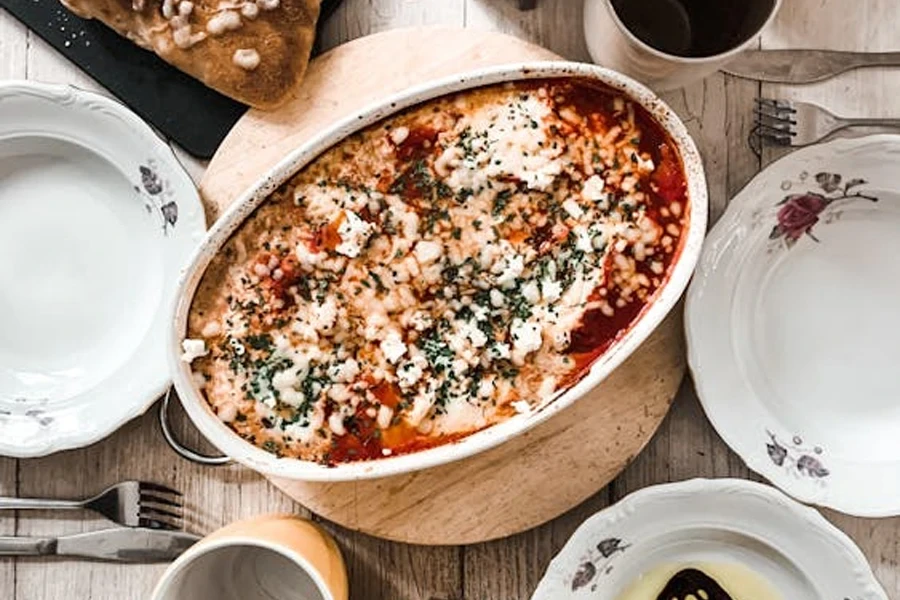
Size and capacity
Choosing the right size and capacity for a casserole dish depends on the intended use. The standard 9 by 13-inch size is versatile and suitable for a wide range of recipes, from baked ziti to chicken casseroles. This size is ideal for serving six to eight people, making it a popular choice for family meals and gatherings.
For smaller portions or side dishes, an 8 by 8-inch dish can be more appropriate. Conversely, larger dishes are beneficial for big-batch cooking or when preparing meals for larger groups. Depth is another important factor; deeper dishes are suitable for layered recipes, such as lasagnas, as they prevent spills and ensure even cooking.
Heat tolerance and versatility
The maximum oven-safe temperature of a casserole dish is a critical consideration. Most ceramic and porcelain dishes can withstand temperatures up to 500°F or higher, making them suitable for a variety of cooking methods, including broiling. Glass dishes typically have a lower heat tolerance but are still versatile for most baking needs.
Compatibility with microwaves, freezers, and dishwashers enhances the versatility of a casserole dish. Microwave-safe dishes allow for quick reheating, while freezer-safe options are ideal for meal prep and storage. Dishwasher-safe dishes simplify cleanup, saving time and effort.
Incorporating these factors into the selection process ensures that the chosen casserole dish will meet diverse cooking requirements and provide long-lasting value. By considering material, handle design, size, and heat tolerance, businesses can select products that enhance their culinary offerings and satisfy customer expectations.
Top casserole dishes of 2024: models and features
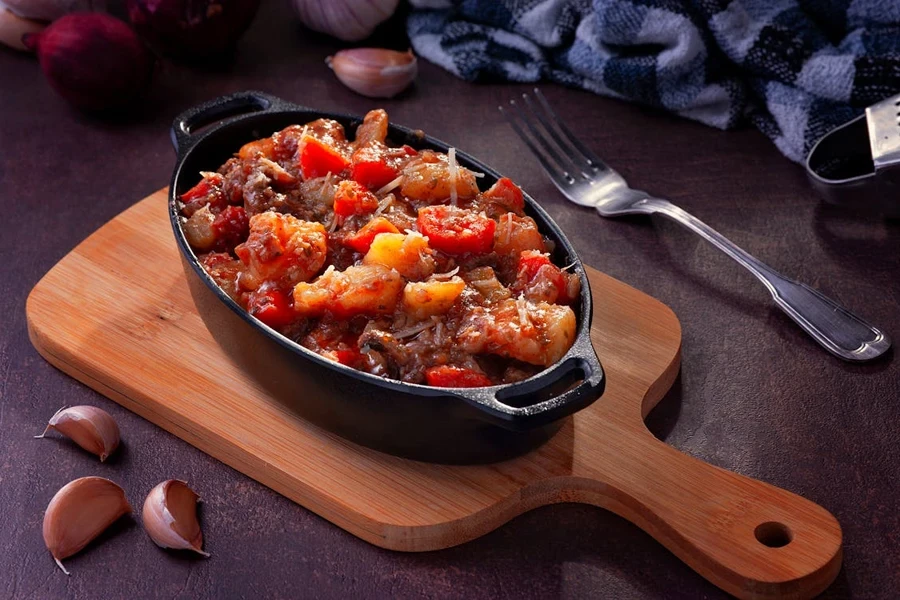
Selecting the best casserole dishes in 2024 involves considering a range of models that offer unique features and benefits. This section explores some of the top choices, highlighting their key attributes.
Feature-rich ceramic dishes
Ceramic casserole dishes are celebrated for their even cooking and appealing designs. These dishes are known for their ability to retain heat effectively, ensuring that food remains warm for extended periods. This characteristic makes ceramic dishes ideal for baking a variety of casseroles, such as lasagnas and baked macaroni and cheese. The even distribution of heat also prevents hot spots, leading to perfectly cooked meals.
In addition to their functional benefits, ceramic dishes often feature aesthetically pleasing designs that make them suitable for serving directly from the oven to the table. They are available in various colors and patterns, allowing them to complement different kitchen décors. Furthermore, ceramic dishes are generally easy to clean, thanks to their non-porous surfaces that resist staining and odors.
Versatile stoneware options
Stoneware casserole dishes stand out for their wide handles and high heat tolerance. These features contribute to their versatility, making them suitable for multiple cooking applications, including baking, roasting, and broiling. The wide handles provide a secure grip, which is particularly important when handling hot, heavy dishes.
Stoneware is renowned for its durability, often lasting for many years with proper care. These dishes can handle high oven temperatures without cracking, making them reliable for a variety of cooking tasks. Stoneware’s ability to retain heat also ensures that dishes remain warm throughout the meal, enhancing the dining experience. Their robust construction makes them a valuable addition to any kitchen.
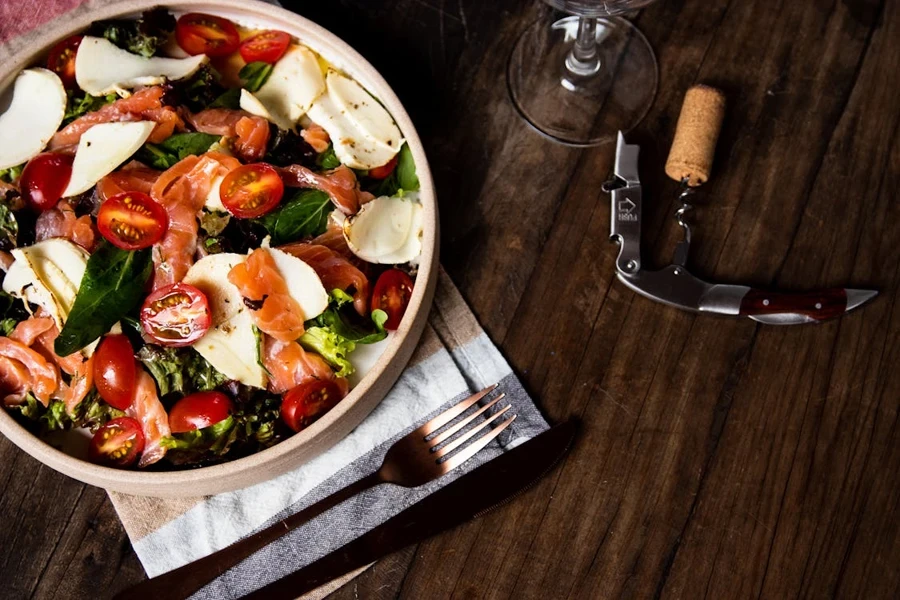
Essential rectangular bakers
Rectangular bakers are essential kitchen tools, recognized for their classic design and functional lids. These dishes typically feature dimensions of 9 by 13 inches, which is a versatile size suitable for numerous recipes. The classic design of rectangular bakers allows them to fit seamlessly into any kitchen setup, while their functional lids provide excellent insulation.
The lids of these bakers are particularly useful for keeping food warm and for transporting dishes without spillage. This feature makes rectangular bakers ideal for potlucks and family gatherings. Additionally, the straight sides and ample capacity of these dishes make them perfect for layered casseroles and desserts. Their practical design ensures ease of use and convenience in the kitchen.
Affordable glass baking dishes
Glass baking dishes are valued for their cost-effectiveness and practicality. These dishes offer good performance at a relatively low price point, making them accessible to a wide range of consumers. The transparency of glass allows cooks to monitor the cooking process easily, ensuring that dishes are baked to perfection.
Glass dishes are also non-reactive, which means they do not interact with acidic ingredients, preserving the true flavors of the food. Many glass baking dishes come with convenient features like plastic lids, which are useful for storing leftovers or transporting food. Despite their affordability, glass dishes provide reliable performance and are versatile enough to be used in the oven, microwave, and refrigerator.
These top casserole dishes of 2024 offer a variety of features and benefits that cater to different cooking needs and preferences. Whether seeking even cooking, high heat tolerance, classic design, or cost-effectiveness, these models provide excellent options for enhancing culinary endeavors.
Conclusion
Selecting the ideal casserole dish requires careful consideration of material, size, maintenance, and market trends. Each factor plays a crucial role in matching the cookware to the cooking and presentation needs of modern kitchens. With advancements in materials and design enhancing the functionality and environmental sustainability of casserole dishes, professionals are well-advised to choose products that not only meet culinary standards but also align with broader consumer preferences for durability and eco-friendliness. Making an informed choice involves weighing these elements to ensure both culinary excellence and operational efficiency.
